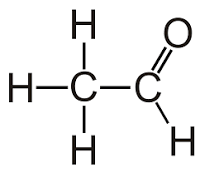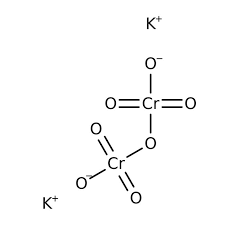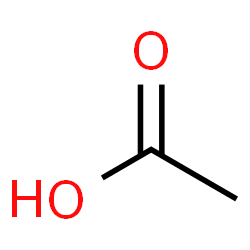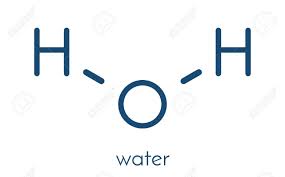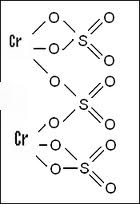Search equation
Please enter the reactant or product to start the search
3CH3CHO + 4H2SO4 + K2Cr2O7 → 3CH3COOH + 4H2O + K2SO4 + Cr2(SO4)3 | , Phản ứng oxi-hoá khử
CH3CHO | acetaldehyde | solid + H2SO4 | sulfuric acid | solid + K2Cr2O7 | Potassium dichromate; Potassium bichromate; Dichromic acid dipotassium salt | solid = CH3COOH | ethanoic acid | solid + H2O | water | solid + K2SO4 | potassium sulfate | solid + Cr2(SO4)3 | Chromic sulfate; Chromium(III) sulfate | solid | Temperature: temperature, Other Condition excess chlorine
Introduce
-
Detailed information about the equation
Reaction conditions when applied CH3CHO + H2SO4 + K2Cr2O7
-
Detailed information on the reactants
Information about CH3CHO (acetaldehyde)
-
Detailed information about the products of the reaction
Information about CH3COOH (ethanoic acid)
Information about K2SO4 (potassium sulfate)
Information about Cr2(SO4)3 (Chromic sulfate; Chromium(III) sulfate)
Detailed information about the equation
Reaction conditions when applied CH3CHO + H2SO4 + K2Cr2O7
- Catalyst: not available
- Temperature: normal
- Pressure: normal
- Other conditions: not available
Reaction process CH3CHO + H2SO4 + K2Cr2O7
Process: updating...
Note: not available
The result of the reaction CH3CHO + H2SO4 + K2Cr2O7
The phenomenon: Orange yellow turns pink
Detailed information on the reactants
Information about CH3CHO (acetaldehyde)
Information about H2SO4 (sulfuric acid)
- Atomic weight: 98.0785
- Color: Dầu trong suốt, không màu, không mùi
- Status: chất lỏng

Information about K2Cr2O7 (Potassium dichromate; Potassium bichromate; Dichromic acid dipotassium salt)
Detailed information about the products of the reaction
Information about CH3COOH (ethanoic acid)
Information about H2O (water)
Information about K2SO4 (potassium sulfate)
Information about Cr2(SO4)3 (Chromic sulfate; Chromium(III) sulfate)
Total rating:
Rating: / 5 star
The equations for preparation CH3CHO
Catalyst
normal
Temperature
80
Pressure
normal
Other conditions
HgSO4
Catalyst
normal
Temperature
normal
Pressure
normal
Other conditions
normal
The equations for preparation H2SO4
Catalyst
normal
Temperature
temperature
Pressure
normal
Other conditions
normal
Catalyst
normal
Temperature
normal
Pressure
normal
Other conditions
normal
Catalyst
normal
Temperature
temperature
Pressure
normal
Other conditions
normal
The equations for preparation K2Cr2O7
Catalyst
normal
Temperature
normal
Pressure
normal
Other conditions
normal
Catalyst
normal
Temperature
normal
Pressure
normal
Other conditions
normal
Catalyst
normal
Temperature
room temperature
Pressure
pressure condition
Other conditions
normal
Interesting facts about chemistry you may not know
Interesting facts about hydrogen - the lightest element in the periodic table.
Hydrogen is the first element in the periodic system table. Hydrogen is known to be the lightest of all, the most abundant in the Universe, the essential element for life
View moreInteresting facts about helium
Helium is the first rare gas element in the periodic system table. In the Universe, it ranks second in abundance after elemental hydrogen.
View moreInteresting facts about lithium
Lithium is the alkali metal element, located in the third cell in the periodic table system. Lithium is the lightest of all solid metals and can cut a knife.
View moreInteresting Facts About Beryllium
Beryllium is the lightest alkaline earth metal. Beryllium is found in precious stones such as emeralds and aquamarine. Beryllium and its compounds are both carcinogenic.
View moreInteresting Facts About Carbon
Carbon is the non-metallic element in the sixth cell in the periodic system table. Carbon is one of the most important elements in all life, it is also known as the back.
View more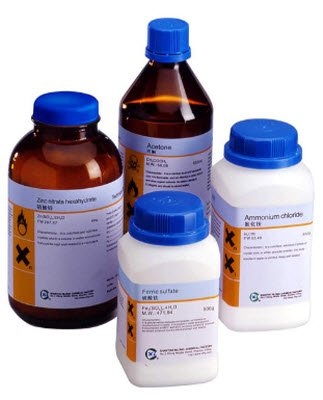
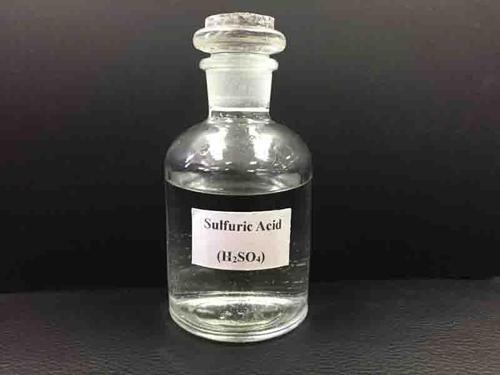

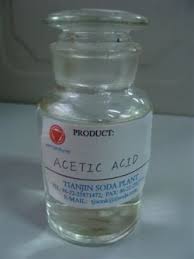
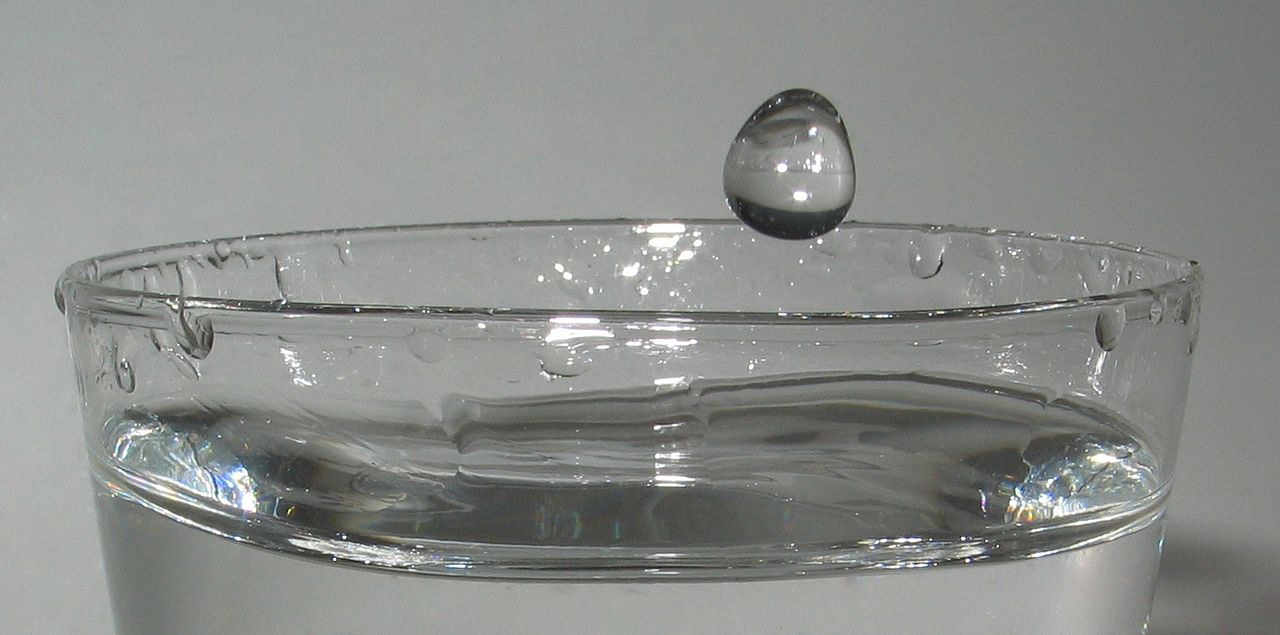
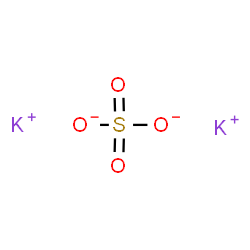
_sulfate.jpg)
